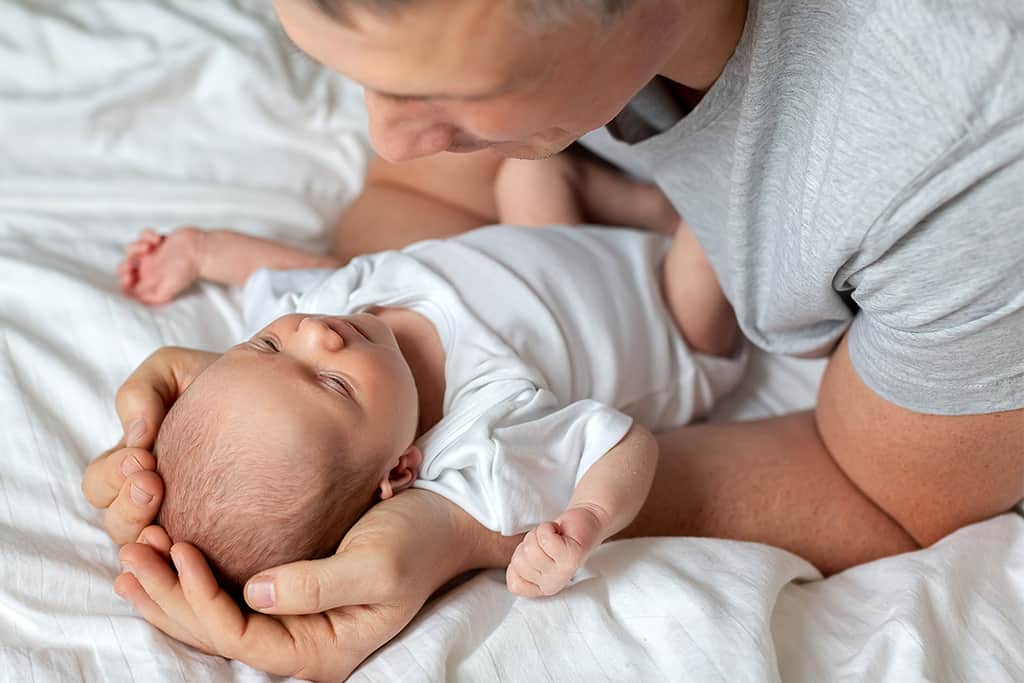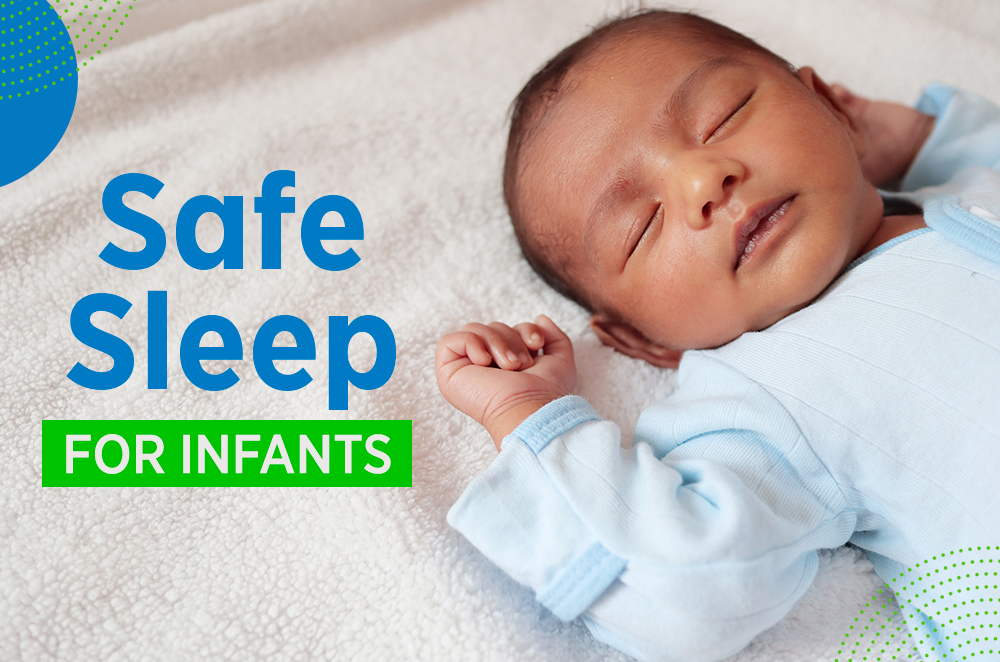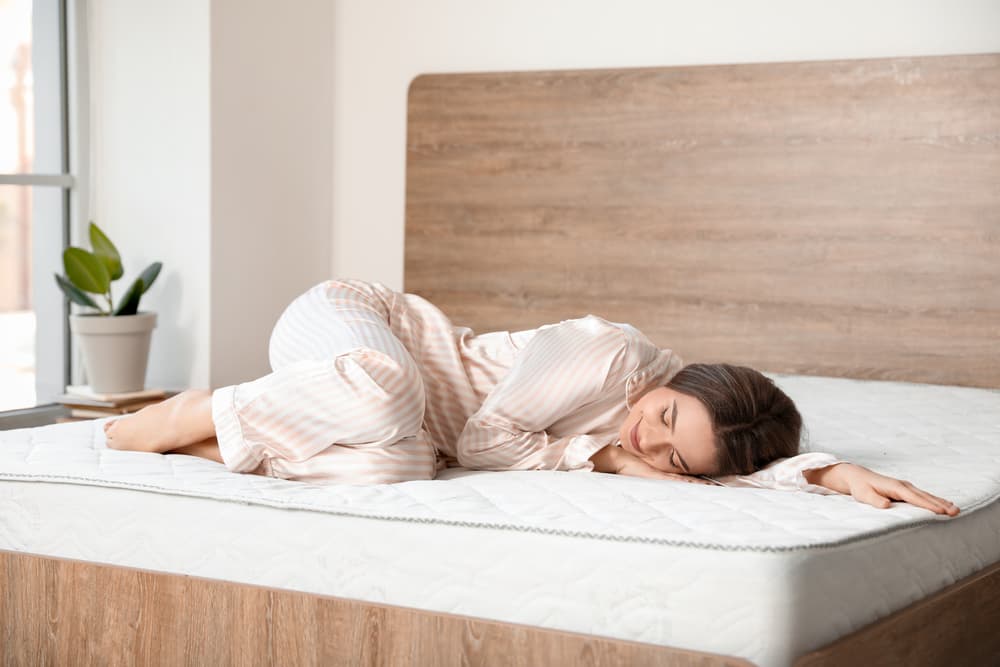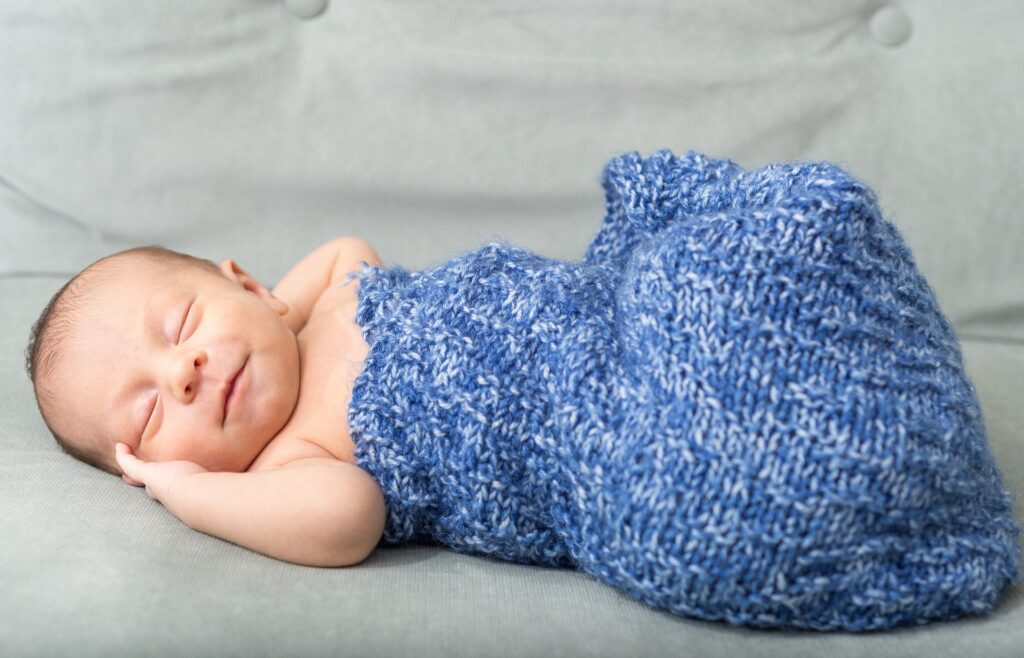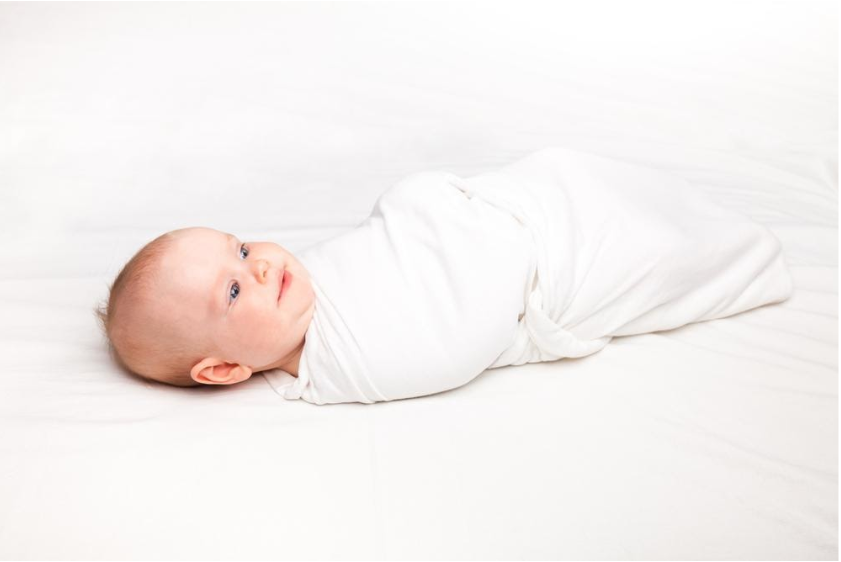As a parent, one of your biggest concerns is ensuring the safety and well-being of your baby. This includes their sleep, which is essential for their growth and development. However, there is a serious risk that comes with sleeping for babies, known as Sudden Infant Death Syndrome (SIDS). This is the sudden and unexplained death of a baby who is less than one year old. While the exact cause of SIDS is still unknown, there are ways to reduce the risk and ensure safe sleep for your little one.1. Safe Sleep for Babies: Reducing the Risk of SIDS
Putting your baby to sleep may seem like a simple task, but it is important to do it safely to reduce the risk of SIDS. First and foremost, always place your baby on their back to sleep, even during naps. This helps prevent the blocking of their airway and reduces the risk of suffocation. Avoid putting any pillows, blankets, or toys in their sleep area to prevent suffocation or overheating. It is also recommended to dress your baby in a sleep sack or a light sleeper to keep them warm without the need for loose blankets.2. How to Safely Put Your Baby to Sleep
To remember the key elements of safe sleep for babies, use the ABCs: Alone, on their Back, and in a Crib. It is important to always place your baby in their own sleep space, without any other objects or people. This includes not sharing a bed with your baby, as it increases the risk of suffocation and SIDS. Additionally, always place your baby on their back to sleep, as this is the safest position for them. Finally, make sure your baby is sleeping in a crib or bassinet that meets all safety standards.3. The ABCs of Safe Sleep for Babies
Aside from following the ABCs, there are other tips to ensure your baby sleeps safely. Make sure the crib mattress is firm and fits snugly in the crib, without any gaps for your baby to get stuck in. Avoid using sleep positioners, wedges, or other devices that claim to reduce the risk of SIDS, as they have not been proven safe. Keep the room at a comfortable temperature and dress your baby appropriately, as overheating can increase the risk of SIDS. And always check on your baby while they sleep, but avoid waking them up unnecessarily.4. Tips for Safe Sleeping for Your Baby
The type of mattress your baby sleeps on can also affect their safety while sleeping. A firm mattress is recommended for babies, as it reduces the risk of suffocation and SIDS. Avoid using soft mattresses or adding extra padding, as they can increase the risk of suffocation or overheating. Be sure to check the mattress for any tears, holes, or signs of wear that may pose a danger to your baby.5. The Importance of a Firm Mattress for Your Baby's Sleep
While placing your baby on their back to sleep is recommended, there are exceptions to this rule. If your baby has a medical condition that requires a different sleep position, consult with your pediatrician for safe alternatives. Otherwise, always place your baby on their back to sleep, but you can still encourage tummy time while your baby is awake and supervised. This helps with their motor development and reduces the risk of developing a flat head.6. How to Position Your Baby for Safe Sleep
Many parents choose to co-sleep with their babies, whether it is for bonding or convenience. However, this practice can be dangerous for your baby's safety. Co-sleeping increases the risk of suffocation, entrapment, and SIDS. It also poses a risk for the parents, as they may accidentally roll over on their baby while sleeping. To ensure safe sleep, it is recommended to have your baby sleep in their own crib or bassinet in the same room as you, but not in the same bed.7. The Dangers of Co-Sleeping with Your Baby
When it comes to choosing a mattress for your baby, it is important to prioritize safety over comfort. Look for a crib mattress that is firm, fits snugly in the crib, and meets all safety standards. Avoid purchasing used or second-hand mattresses, as they may not meet safety standards or may have wear and tear that can pose a risk to your baby. It may also be helpful to read reviews and do some research before making a purchase.8. Choosing the Right Mattress for Your Baby's Sleep
Swaddling is a popular technique for helping babies sleep better. It involves wrapping your baby snugly in a blanket to help them feel secure and calm. Swaddling can also help reduce the risk of SIDS by preventing your baby from rolling onto their stomach while sleeping. However, it is important to follow safe swaddling techniques and stop swaddling once your baby starts showing signs of rolling over.9. The Benefits of Swaddling for Your Baby's Sleep
Aside from following all the above tips, there are other ways to create a safe sleep environment for your baby. Keep the room dark and quiet to help your baby sleep better and reduce the risk of overstimulation. Use a white noise machine or a fan to create a soothing background noise. And always make sure your baby's sleep area is clear of any hazards, such as cords, strings, or small objects that can pose a choking hazard. Ensuring safe sleep for your baby is crucial for their health and well-being. By following these tips and creating a safe sleep environment, you can reduce the risk of SIDS and promote better sleep for your little one. Remember to prioritize safety over comfort when choosing a mattress and avoid any unsafe practices, such as co-sleeping. With these precautions in place, you can rest easy knowing your baby is sleeping soundly and safely.10. Creating a Safe Sleep Environment for Your Baby
The Importance of Safe and Comfortable Sleeping for Babies

Creating a Safe Sleeping Environment
 As a new parent, ensuring the safety and well-being of your baby is of the utmost importance. This includes creating a safe sleeping environment for your little one. While many new parents may be tempted to let their baby sleep face-down on the mattress, this position can actually be dangerous for infants.
Babies have a natural reflex to turn their heads and breathe when their faces are pressed against a surface. However, this reflex may not be fully developed in newborns, putting them at risk for suffocation if their face becomes buried in the mattress. This is why it is important to always place babies on their backs to sleep, with their faces and noses unobstructed.
As a new parent, ensuring the safety and well-being of your baby is of the utmost importance. This includes creating a safe sleeping environment for your little one. While many new parents may be tempted to let their baby sleep face-down on the mattress, this position can actually be dangerous for infants.
Babies have a natural reflex to turn their heads and breathe when their faces are pressed against a surface. However, this reflex may not be fully developed in newborns, putting them at risk for suffocation if their face becomes buried in the mattress. This is why it is important to always place babies on their backs to sleep, with their faces and noses unobstructed.
The Benefits of Sleeping on the Back
 Not only is placing your baby on their back to sleep the safest option, but it also has several other benefits. According to the American Academy of Pediatrics (AAP), back sleeping can help reduce the risk of sudden infant death syndrome (SIDS). Additionally, it can also prevent flat spots from forming on the back of your baby's head, which can occur if they spend too much time lying on one side.
But ensuring your baby's safety while they sleep is not the only factor to consider. Comfort is also crucial for a good night's rest and healthy development. By providing a comfortable sleeping surface for your little one, you can help them sleep more soundly and peacefully.
Not only is placing your baby on their back to sleep the safest option, but it also has several other benefits. According to the American Academy of Pediatrics (AAP), back sleeping can help reduce the risk of sudden infant death syndrome (SIDS). Additionally, it can also prevent flat spots from forming on the back of your baby's head, which can occur if they spend too much time lying on one side.
But ensuring your baby's safety while they sleep is not the only factor to consider. Comfort is also crucial for a good night's rest and healthy development. By providing a comfortable sleeping surface for your little one, you can help them sleep more soundly and peacefully.
Creating a Comfortable Sleeping Surface
 When it comes to creating a comfortable sleeping surface for your baby, the mattress plays a crucial role. It should be firm and flat, with no gaps or spaces that could potentially trap or harm your baby. Additionally, the mattress should be covered with a tight-fitting sheet that is specifically designed for crib use.
For added comfort, consider investing in a quality crib mattress that is designed to provide optimal support for your baby's growing body. Look for features such as breathable materials, hypoallergenic properties, and waterproof covers for easy cleaning.
In conclusion, the way your baby sleeps is just as important as where they sleep. By placing them on their back and providing a safe and comfortable sleeping surface, you can ensure your little one gets the rest they need to thrive. Remember, a well-rested baby is a happy and healthy baby.
When it comes to creating a comfortable sleeping surface for your baby, the mattress plays a crucial role. It should be firm and flat, with no gaps or spaces that could potentially trap or harm your baby. Additionally, the mattress should be covered with a tight-fitting sheet that is specifically designed for crib use.
For added comfort, consider investing in a quality crib mattress that is designed to provide optimal support for your baby's growing body. Look for features such as breathable materials, hypoallergenic properties, and waterproof covers for easy cleaning.
In conclusion, the way your baby sleeps is just as important as where they sleep. By placing them on their back and providing a safe and comfortable sleeping surface, you can ensure your little one gets the rest they need to thrive. Remember, a well-rested baby is a happy and healthy baby.
















